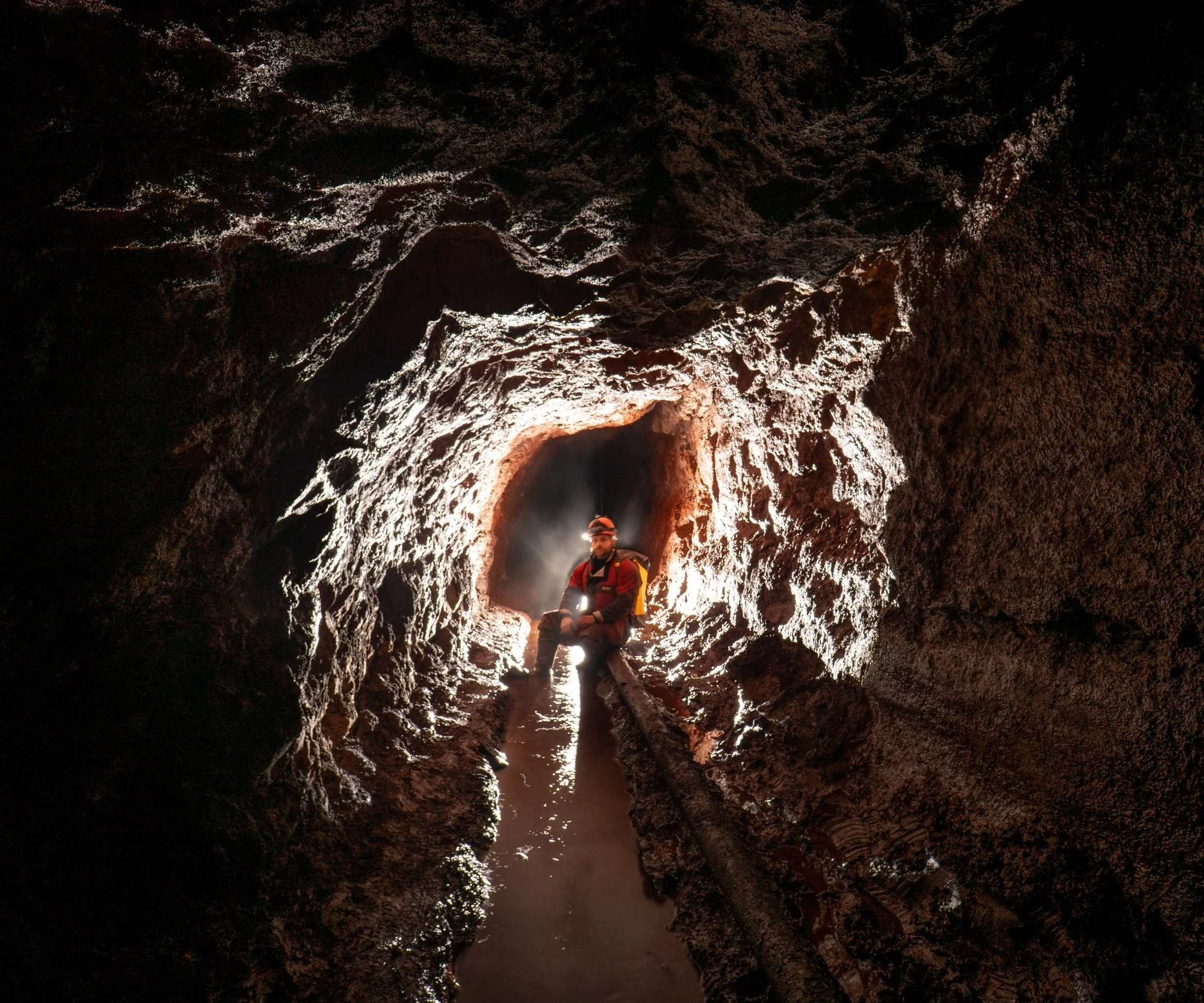Grange Cavern Military Museum - Wales
The former Grange Cavern, once a wartime arms store and later a major underground museum, now lies silent after its scattered collection and unresolved missing artefacts.
Cefn Coed Colliery Museum - South Wales
Once the world’s deepest anthracite mine, this former colliery became a museum but has been closed since 2021 due to major structural and safety issues.
Penarth/Cambrian Slate Mine - Llangollen
Penarth and Cambrian Slate Mines were crucial Welsh operations, evolving from early extraction into significant industrial sites before their mid-20th-century closures.
Side Mine - Matlock
Former Lead mine beneath High Tor in Matlock later used for pigment production.
Middleton Mine (Christmas Edition) - Derbyshire
An underground Limestone quarry spanning over 35 Kilometers.
Ogof Gofan Sea Cave - Pembrokshire
A remote sea cave on the Pembrokshire coast, home to some of the best cave formations in the UK.
Rhosydd Slate Quarry - Blaenau Ffestiniog
A 19th-century slate quarry, known for its extensive underground workings and rugged mountain setting.
Milldam Mine - Derbyshire
The last working mine in Derbyshire known for producing Fluorspar.
Foel Grochan - Aberllefenni
Part of the longest continually operated slate mine in the world until its closure in 2003.
Holme Bank Chert Mine - Bakewell
a key Derbyshire chert source active from the 1800s to 1961.
Crisp Delph Dragons Eye Mine - Lancashire
Crisp Delph is a 19th-century sandstone mine near Skelmersdale, known for its eerie “Dragon’s Eye” ceiling feature.
Gaewern Slate Mine (The Car Cave) - Wales
A Former slate mine active from 1820 to 1970, is now a flooded "Car Cave" filled with abandoned vehicles and appliances.
Odin Mine - Castleton
One of England’s oldest lead mines, this Derbyshire site is a Scheduled Ancient Monument valued for its historic, industrial, and natural significance.
Hendre Spare Mine - North Wales
Hendre Spar Mine, worked for Fluorspar and Calcite until 1981, was sealed in 2024 due to safety concerns.
Maenofferen Slate Mine - Blaenau Ffestiniog
Maenofferen Slate Mine in Blaenau Ffestiniog is a historic Welsh quarry that grew into a major slate producer in the 19th century.

















